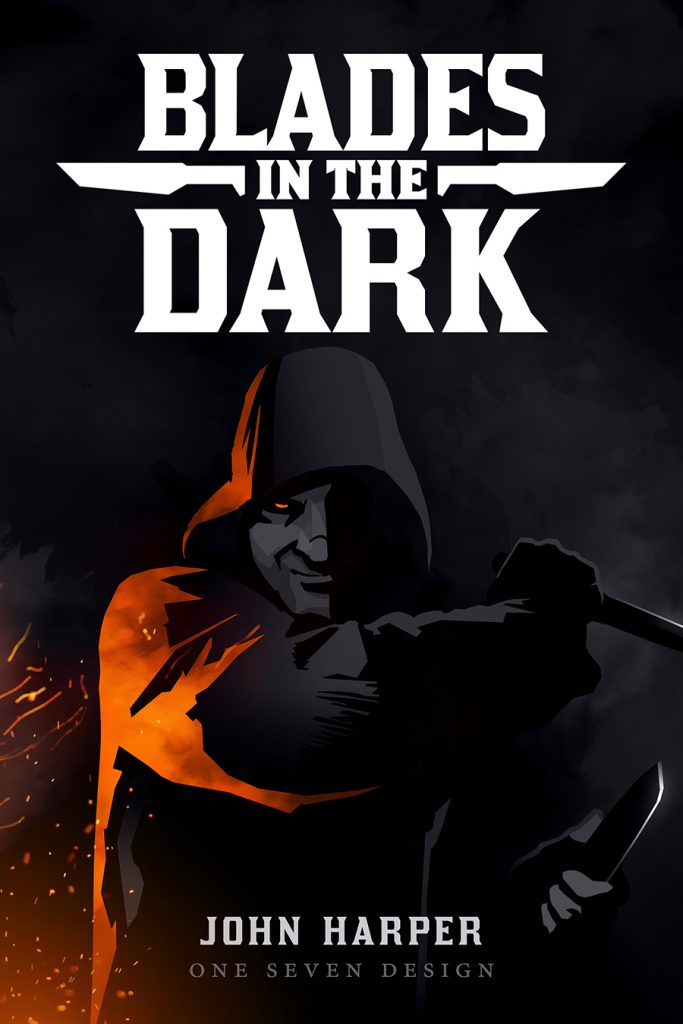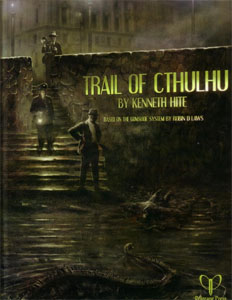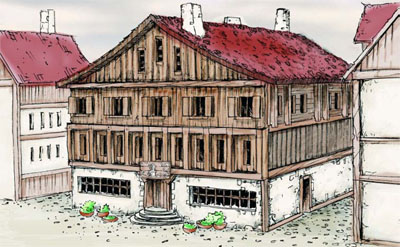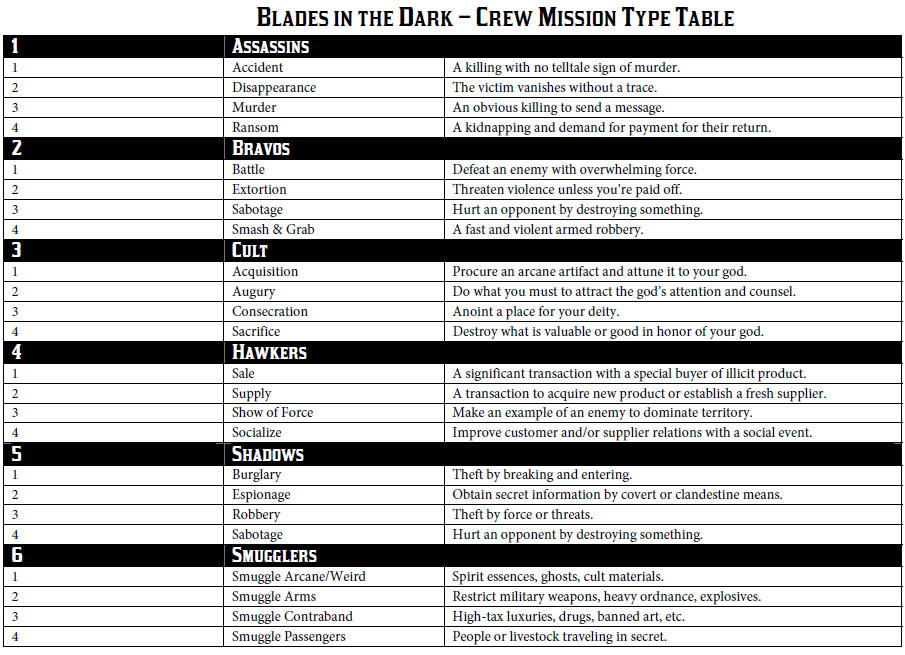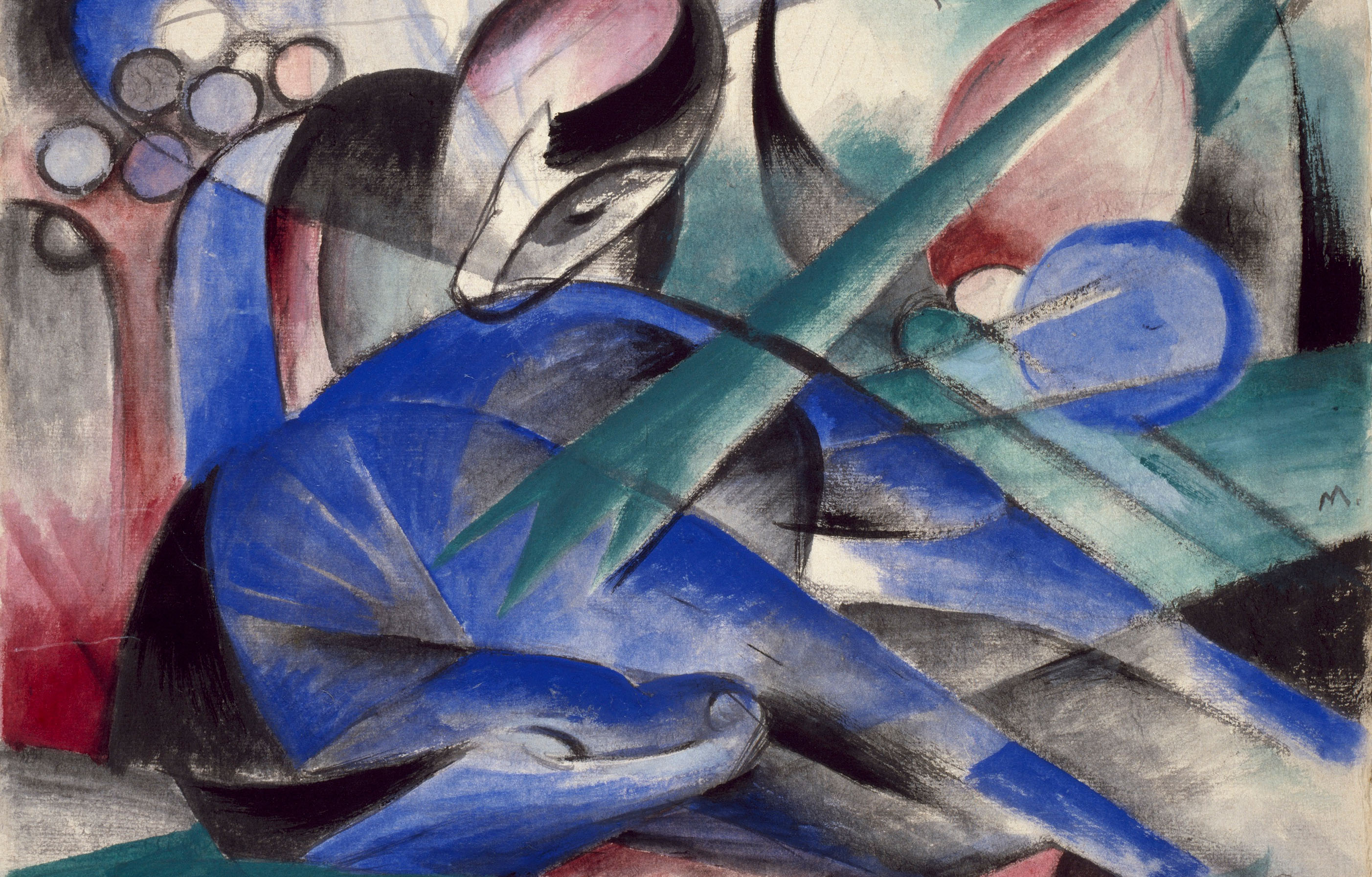
Because all of reality is born from the Dreaming it is possible to explore the threads of your own future. Because the shape of the Dream That Will Be is complex and its paths dangerous to explore, however, even those skilled in the Dreaming Arts will not attempt to approach them directly. Instead, they will reach for the “shape” of the Dream That Will Be.
BASIC DREAMSIGHT
Dreamsight is performed while sleeping (or in a similar state, such as an elven trance). With a successful Dreaming Arts check (DC +1 per hour after waking, minimum DC 12), you can tell whether a particular action will bring good or bad results for you in the time period you’re attempting to foresee. If the check succeeds, you get one of four results:
- Weal (if the action will probably bring good results)
- Woe (for bad results)
- Weal and woe (for both)
- Nothing (for actions that don’t have especially good or bad results)
This basic use of the dreamsight does not take into account anything beyond the time period you attempt to foresee, so the long-term consequences of the contemplated action will not be revealed.
All attempts by the same person to foresee the same topic use the same dice result as the first dreamsight attempt.
You can use dreamsight a number of times per night equal to twice the number of dreamsight feats you possess (minimum once per night if you do not have any dreamsight feats).
DREAMSIGHT FEATS
DREAMING LORE
Prerequisite: Dreaming Arts 1 rank
Benefit: You can perform Dreaming Lore actions using your dreamsight each night, including Query of a Dreaming Lord and Seeking the Hidden Truths.
DREAMING PRESCIENCE
Prerequisite: Dreaming Arts 1 rank
Benefit: Your dreamsight includes powerful Dreaming Prescience, including Dream Echoes and Dreaming Visions.
DREAMING TOUCH
Prerequisite: Dreaming Arts 1 rank
Benefit: When using dreamsight, you can use the Dreaming Touch to perform Dream Spying and Nightmare.
DREAMING VOYANCE
Prerequisite: Dreaming Arts 1 rank
Benefit: You can use Dreaming Voyance actions using your dreamsight each night, including Sight of the Dreaming Eye, Vision of the Dreaming Shadows, and Voice of the Dream.
DREAMING LORE
QUERY OF A DREAMING LORD: During a dreaming night you can seek out a Lord of the Dreaming and ask them a single question by making a successful Dreaming Arts check (DC 25). For every 5 points by which your check result exceeds DC 25, you can ask one additional question. (For example, a Dreaming Arts check result of 35 would allow you to ask 3 questions.)
The questions are usually answered by a simple yes or no, although in cases where a one-word answer would be misleading or contrary to the Lord’s interests, a short phrase (five words or less) or even a brief vision may be given as answer instead. The answers are correct within the limits of the Lord’s knowledge. “Unclear” is a legitimate answer because the Lords are not omniscient.
At best, a Lord of the Dreaming provides information to aid a character’s decisions. The Lord will structure their answers to further their own purposes.
SEEKING THE HIDDEN TRUTHS: Hidden within the layers of the Dreaming are the countless legends of the world – some of them true, many of them not. By exploring the Dreaming, you can learn the legends surrounding an important person, place or thing.
Seeking the hidden truth, however, takes time. If the person or thing is at hand, or if you are in the place in question, it takes only a single night of dreaming. If you only have detailed information on the person, place, or thing, it requires 2d6 dreaming nights (consuming a Dreaming Arts check each night), and the resulting lore is less complete and specific. If you only know rumors about the person, place, or thing, it requires 2d6 weeks of dreaming nights, and the resulting lore is vague and incomplete (although it often directs you to more detailed information, allowing you to seek again with the possibility of better results).
When the required number of dreaming nights have elapsed, make a Dreaming Arts check. The DC is set by the DM. Typical DCs are:
DC 20 Person, object, or place is at hand.
DC 25 Only detailed information is available.
DC 30 Only rumors are known.
But the specific DC may be higher or lower, depending on the rarity of the information being sought. If the person, place, or thing is not of legendary importance, the DC of the check will usually be radically higher.
If the check is successful, you have discovered legends (if any exist) about the person, place, or thing. These may be legends that are still current, legends that have been forgotten, or even information that has never been generally known.
DREAMING PRESCIENCE
DREAM ECHOES: The creation of a dreaming echo is like a deliberately induced sense of déjà vu. With a successful Dreaming Arts check, you can create a dream echo that can be activated at a time of your choosing within 24 hours. Activating a dream echo is a free action that can be taken at any time.
Moment of Recognition (DC 15): You can immediately reroll any die roll that you just made. You must abide by the second roll.
Moment of Awareness (DC 25): For 10 rounds + 1 round for every 5 points by which your check result exceeded DC 25, you gain a moment of awareness which warns you of impending danger or harm. While under the effects of a moment of awareness, you are never surprised or flat-footed. In addition, you gain a +2 insight bonus to AC and Reflex saves (although this bonus is lost whenever you would lose your Dexterity bonus to AC).
Moment of Prescience (DC 30): You gain a bonus on your next die roll equal to your ranks in the Dreaming Arts skill.
Moment of Fate (DC 35): For 5 rounds + 1 round for every 5 points by which your check result exceeded DC 35, you can gain a moment of fate during which the consequences of your choices are laid out before you like a network of silvery light. While under the effects of a moment of fate, any time you make a die roll you may roll twice and then select which die roll you wish to use.
DREAMING VISIONS: Similar to basic dreamsight, with a successful Dreaming Arts check (DC 15 + 5 per day after waking), you gain a useful piece of insight concerning a specific goal, event, or activity that is to occur within the time period you’re attempting to foresee. The advice takes the form of a short and cryptic vision within the Dreaming. If you don’t act on the information, the conditions may change so that the information is no longer useful.



